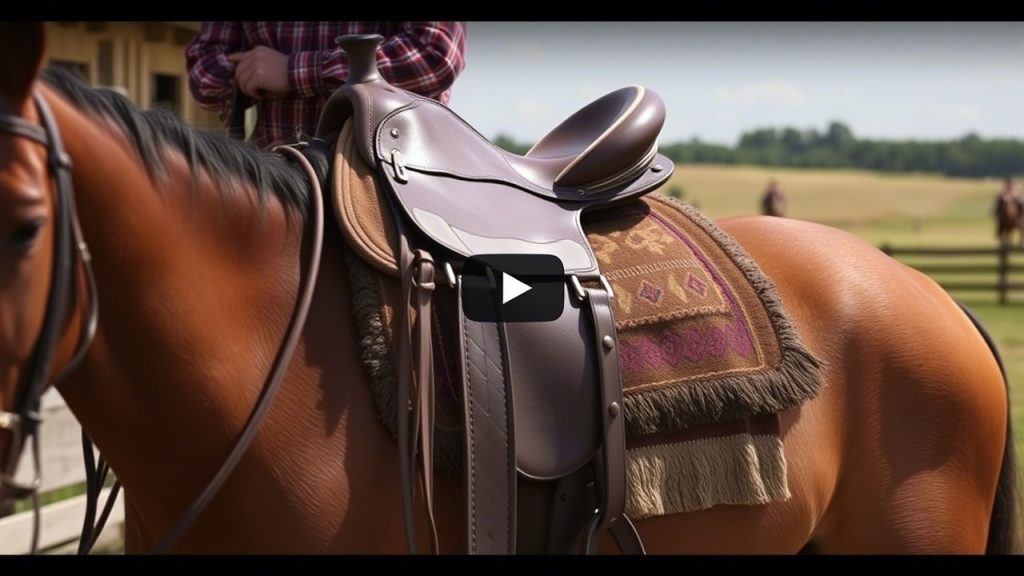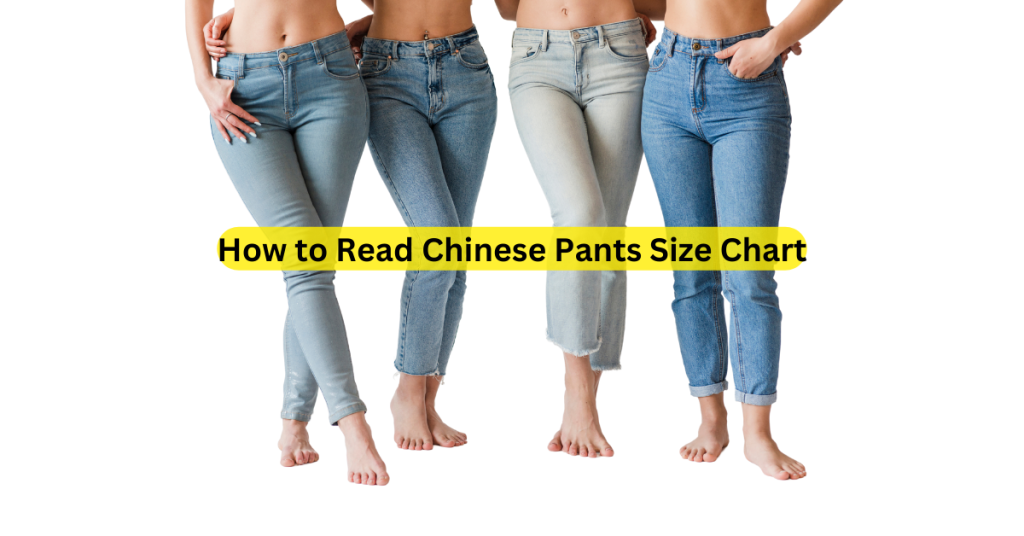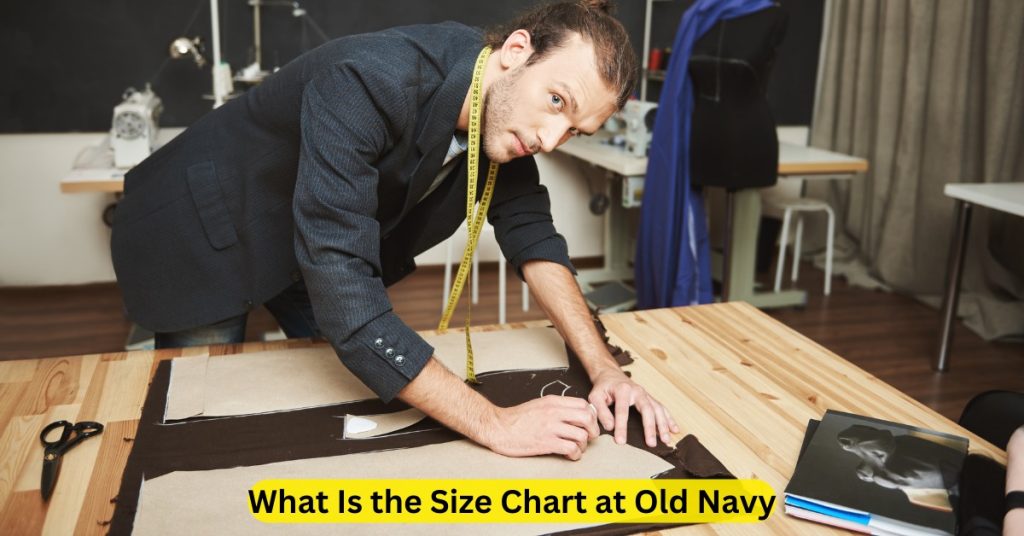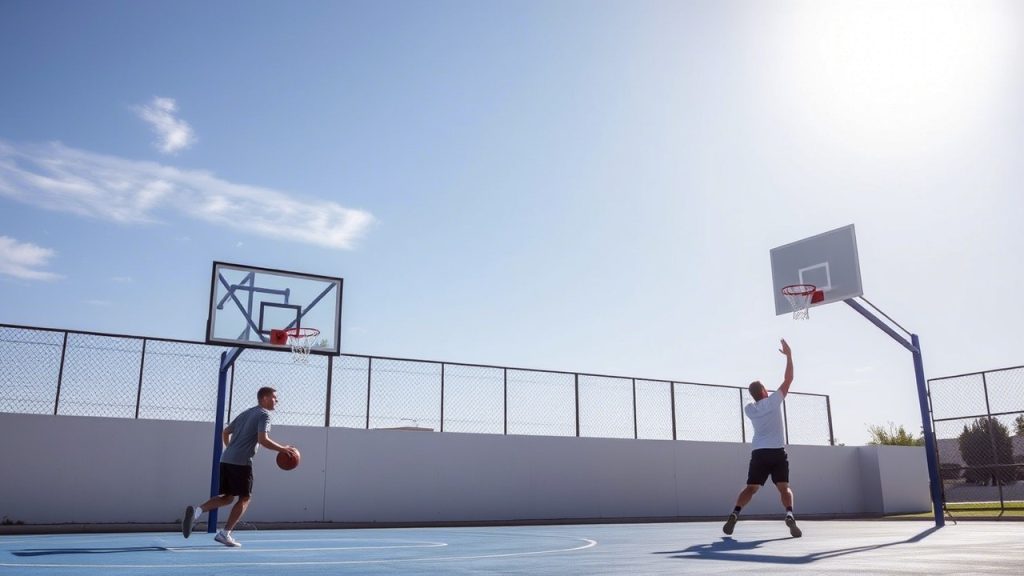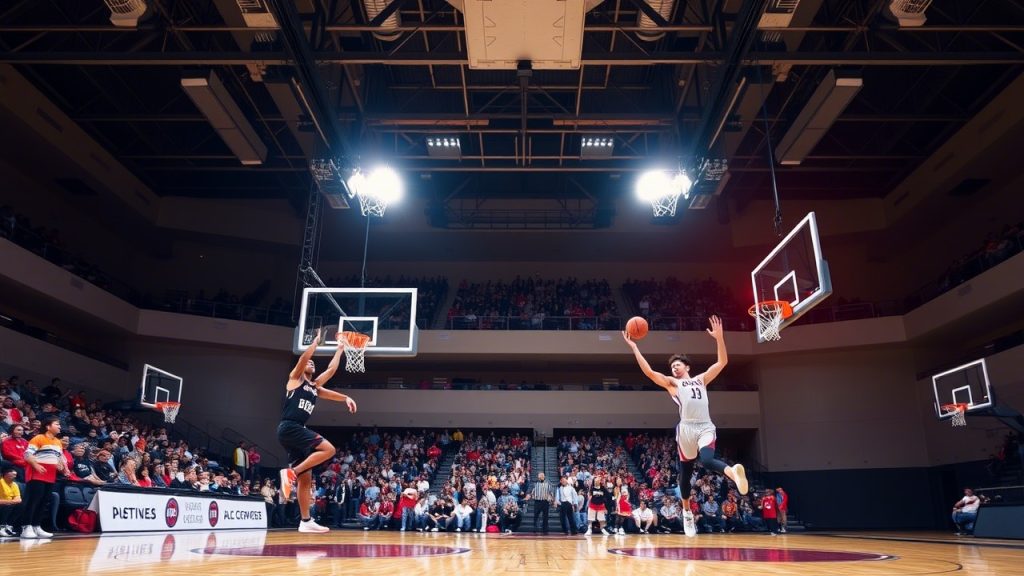Horseback riding is a timeless pursuit that strengthens the bond between rider and horse, but an ill-fitting saddle can disrupt this harmony, causing discomfort or injury. Proper weight distribution is critical for both horse and rider welfare, as it minimizes pressure points, enhances movement, and prevents long-term health issues. Research from Kentucky Equine Research highlights that uneven weight distribution can lead to muscle soreness, back pain, and behavioral issues in horses, with up to 75% of ridden horses showing signs of discomfort from poor saddle fit. For riders, improper weight distribution can cause imbalance, fatigue, and pain, particularly during long rides.
We review the 16 best horse saddles for better weight distribution in 30 days, focusing on designs that prioritize even load dispersal, ergonomic fit, and customizable features. Drawing on expert insights from saddle fitters like Dawn Anderson Buzzard and sources like The Saddle Bank, we’ve curated a list to enhance performance and comfort. With 9 FAQs and actionable tips, this post will help you select a saddle to transform your riding experience in just one month.
Why Weight Distribution Matters in Saddles
Weight distribution refers to how a rider’s weight is spread across the horse’s back through the saddle. A well-designed saddle ensures this weight is evenly dispersed, avoiding concentrated pressure that can pinch the horse’s shoulders, press on the spine, or restrict movement. According to Natural Horseman Saddles, efficient weight distribution is more critical than saddle length, as concentrated pressure reduces back mobility and causes pain.
For riders, balanced weight distribution promotes a stable seat, reduces fatigue, and supports proper posture, which is vital for disciplines like endurance, dressage, or trail riding. Key saddle features that improve weight distribution include:
- Wide, Well-Fitted Tree: Matches the horse’s back contours to spread weight evenly.
- Padded Panels: Wool, foam, or air systems cushion and distribute pressure.
- Adjustable Gullets and Panels: Allow customization for horse and rider fit.
- Balanced Seat Design: Centers the rider to avoid forward or backward tipping.
- Flexible or Treeless Options: Conform to the horse’s dynamic movement.
Poor weight distribution can lead to white hairs, soreness, or behavioral issues like bucking, while riders may experience discomfort or loss of control. By choosing a saddle optimized for weight distribution, you can improve your horse’s comfort and performance within 30 days, as regular use allows the horse’s muscles to adapt and the rider to refine their balance.
The 16 Best Horse Saddles for Better Weight Distribution
1. Acerugs Premium Western Trail Saddle
The Acerugs Premium Western Trail Saddle is a top choice for trail riders seeking excellent weight distribution. Its wide fiberglass tree and padded panels ensure even load dispersal across the horse’s back, ideal for long rides.
Key Features:
- Wide fiberglass tree for broad weight distribution.
- Padded suede seat and panels for shock absorption.
- 100% cowhide leather for durability.
- Dropped rigging to stabilize saddle position.
- Adjustable stirrups for rider balance.
Why It Improves Weight Distribution: The wide tree and padded panels spread weight evenly, reducing pressure points. Dropped rigging keeps the saddle stable, ensuring consistent weight dispersal during movement.
Best For: Western trail riders.
Price Range: $600–$900
Where to Buy: Amazon.com, Acerugs’ website, PangoVet.com.
Tester Feedback: “This saddle keeps my horse comfortable on long trails. No soreness or white hairs!” – Sarah, trail rider.
2. Bates Innova Mono+ with CAIR
The Bates Innova Mono+ with CAIR is a premium English saddle with a CAIR Cushion System that molds to the horse’s back, distributing weight fluidly. Its adjustable gullet enhances fit precision.
Key Features:
- CAIR Cushion System for dynamic weight distribution.
- Adjustable Easy-Change Gullet for custom fit.
- Deep seat with narrow twist for rider balance.
- Flexibloc system for leg alignment.
- High-quality leather for grip.
Why It Improves Weight Distribution: The CAIR system adapts to the horse’s movement, spreading weight evenly across panels. The adjustable gullet ensures a tailored fit, preventing bridging or pinching.
Best For: Dressage and general-purpose riders.
Price Range: $2,000–$2,800
Where to Buy: StateLineTack.com, Bates Saddles.
Tester Feedback: “My horse moves freely, and I feel perfectly balanced.” – Emily, dressage rider.
3. Wintec Pro HART Endurance Saddle
The Wintec Pro HART Endurance Saddle is lightweight and designed for long-distance riding. Its HART system includes adjustable panels and a wide tree for optimal weight distribution.
Key Features:
- HART system with adjustable panels and gullet.
- Lightweight synthetic material (4.5–7 kg).
- Wide tree for even weight dispersal.
- Suede-effect seat for rider grip.
- Multiple D-rings for gear.
Why It Improves Weight Distribution: The wide tree and adjustable panels distribute weight across a larger surface, reducing pressure. Its lightweight design minimizes overall load on the horse.
Best For: Endurance riders.
Price Range: $800–$1,200
Where to Buy: Schneiders Saddlery, Wintec’s website.
Tester Feedback: “Perfect for 50-mile rides. My horse stays comfortable all day.” – Alex, endurance rider.
4. Tucker Gen II High Plains Trail Saddle
The Tucker Gen II High Plains Trail Saddle features a wide tree and gel-cushioned panels, ideal for Western riders needing stable weight distribution on rugged trails.
Key Features:
- Wide fiberglass tree for broad weight spread.
- Gel-cushioned panels for shock absorption.
- Dropped rigging for saddle stability.
- Flexible fenders for rider comfort.
- Memory foam seat for balance.
Why It Improves Weight Distribution: The wide tree and gel panels disperse weight evenly, while dropped rigging prevents saddle shift, maintaining consistent pressure distribution.
Best For: Western trail riders.
Price Range: $2,000–$3,000
Where to Buy: HorseandRider.com, Tucker Saddles.
Tester Feedback: “No pressure points after 8-hour rides. My horse loves it.” – Mike, trail rider.
5. Albion SLK Dressage Saddle
The Albion SLK Dressage Saddle is designed for high-withered horses, with a Thoroughbred-specific tree and deep rear gussets to ensure even weight distribution.
Key Features:
- Thoroughbred tree with narrow gullet for high withers.
- Deep rear gussets for balanced weight dispersal.
- Adjustable panels for custom fit.
- Deep seat for rider stability.
- Premium leather for durability.
Why It Improves Weight Distribution: The specialized tree and gussets distribute weight evenly across the horse’s back, preventing pressure on the withers or spine. Adjustable panels enhance fit precision.
Best For: Dressage riders with high-withered horses.
Price Range: $2,800–$4,000
Where to Buy: The Saddle Bank, Albion Saddles.
Tester Feedback: “My Thoroughbred moves better, and I’m perfectly centered.” – Rachel, dressage rider.
6. Cashel Soft Saddle G2
The Cashel Soft Saddle G2 is a treeless saddle that conforms to the horse’s back, providing flexible weight distribution for sensitive horses.
Key Features:
- Treeless design for dynamic fit.
- Soft, padded seat for rider comfort.
- Lightweight (under 6 pounds).
- Non-slip underside for stability.
- Adjustable stirrups for balance.
Why It Improves Weight Distribution: The treeless design molds to the horse’s contours, spreading weight evenly without rigid pressure points. Its lightweight build reduces overall load.
Best For: Riders with sensitive horses or back issues.
Price Range: $300–$500
Where to Buy: HorsesAfield.com, Cashel’s website.
Tester Feedback: “My horse’s back stays happy, and I feel secure.” – Lisa, recreational rider.
7. Kent & Masters S-Series High Wither Dressage Saddle
The Kent & Masters S-Series High Wither Dressage Saddle features a high-wither tree and wool-flocked panels, optimizing weight distribution for horses with prominent withers.
Key Features:
- High-wither tree with full front gussets.
- Wool-flocked panels for even pressure dispersal.
- Changeable gullet system for fit.
- Moveable knee blocks for rider alignment.
- Grippy leather seat.
Why It Improves Weight Distribution: The high-wither tree and wool flocking distribute weight evenly, avoiding pressure on the withers. The adjustable gullet ensures a precise fit.
Best For: Dressage riders with high-withered horses.
Price Range: $1,500–$2,200
Where to Buy: The Saddle Bank, Kent & Masters retailers.
Tester Feedback: “This saddle fits my horse perfectly, and my seat is balanced.” – Chloe, dressage rider.
8. Mac Rider Challenge Dressage Saddle
The Mac Rider Challenge Dressage Saddle offers a flatter seat and wide panels, promoting even weight distribution and rider freedom.
Key Features:
- Flatter seat for balanced rider position.
- Wide wool-flocked panels for weight dispersal.
- Adjustable gullet for custom fit.
- Soft leather for grip.
- Narrow twist for pelvic alignment.
Why It Improves Weight Distribution: Wide panels spread weight across the horse’s back, while the flatter seat centers the rider, reducing uneven pressure.
Best For: Dressage riders seeking flexibility.
Price Range: $2,000–$3,000
Where to Buy: Mac Rider’s website, The Saddle Bank.
Tester Feedback: “My horse moves freely, and I stay balanced effortlessly.” – Tara, dressage rider.
9. Schleese Wave Dressage Saddle
The Schleese Wave Dressage Saddle is engineered for ergonomic fit, with adjustable panels and a wide tree to optimize weight distribution, particularly for female riders.
Key Features:
- Wide tree with adjustable panels.
- Wool-flocked panels for pressure dispersal.
- Ergonomic stirrup bar placement.
- Adjustable seat width for rider comfort.
- Soft leather for grip.
Why It Improves Weight Distribution: The wide tree and wool flocking ensure even weight spread, while adjustable features prevent bridging or pinching, enhancing horse comfort.
Best For: Female dressage riders.
Price Range: $3,000–$4,500
Where to Buy: Schleese.com, certified saddle fitters.
Tester Feedback: “This saddle transformed my horse’s movement in weeks.” – Anna, competitive rider.
10. Contour Saddlery Motion Saddle
The Contour Saddlery Motion Saddle features a flexible tree and customizable shims, designed to adapt to the horse’s movement for superior weight distribution.
Key Features:
- Flexible Smartflx tree for dynamic fit.
- Customizable VersaFit shims and pads.
- Padded seat for rider balance.
- Lightweight design (20–30 pounds).
- Close-contact flap for communication.
Why It Improves Weight Distribution: The flexible tree and shims conform to the horse’s back, distributing weight evenly across a larger surface, even during motion.
Best For: Multi-discipline riders.
Price Range: $1,800–$2,500
Where to Buy: NaturalHorsemanSaddles.com.
Tester Feedback: “My horse’s canter improved dramatically in a month.” – Kate, trail rider.
11. HILASON Flex Tree Western Saddle
The HILASON Flex Tree Western Saddle uses a flexible tree and synthetic Cordura material to provide lightweight, even weight distribution for trail and endurance riding.
Key Features:
- Flexible tree for adaptive fit.
- Lightweight Cordura synthetic (16 pounds).
- Wide panels for weight dispersal.
- 4.5-inch cantle for rider security.
- Front and rear cinch straps.
Why It Improves Weight Distribution: The flexible tree adjusts to the horse’s shape, spreading weight evenly, while the lightweight material reduces overall load.
Best For: Trail and endurance riders.
Price Range: $400–$700
Where to Buy: Amazon.com, HILASON’s website.
Tester Feedback: “Great for long rides. My horse shows no discomfort.” – Tom, trail rider.
12. Tough1 King Series Synthetic Western Saddle
The Tough1 King Series Synthetic Western Saddle is an affordable option with a deep seat and wide tree, ideal for casual riders seeking better weight distribution.
Key Features:
- Wide rawhide-covered tree.
- Neoprene synthetic for durability.
- Deep seat for rider balance.
- Round skirt for short-backed horses.
- Soft fleece lining for horse comfort.
Why It Improves Weight Distribution: The wide tree and round skirt distribute weight evenly, especially on short-backed horses, while the deep seat stabilizes the rider.
Best For: Casual Western riders.
Price Range: $300–$500
Where to Buy: Horsezz.com, Amazon.com.
Tester Feedback: “Affordable and comfortable for both me and my horse.” – Jamie, recreational rider.
13. Duett Fidelio Dressage Saddle
The Duett Fidelio Dressage Saddle is designed for wide-backed horses like Fjords, with a hoop tree and sloping pommel for even weight distribution.
Key Features:
- Wide hoop tree for broad-backed horses.
- Sloping pommel for rider comfort.
- Wool-flocked panels for pressure dispersal.
- Adjustable gullet for fit.
- Deep seat for balance.
Why It Improves Weight Distribution: The hoop tree spreads weight across wide backs, while wool flocking cushions pressure points, ensuring even dispersal.
Best For: Riders with wide-backed horses.
Price Range: $1,800–$2,500
Where to Buy: Duett Saddles, The Saddle Bank.
Tester Feedback: “Perfect for my Haflinger. No pressure points!” – Laura, dressage rider.
14. BUA Cantilevered Trail Saddle
The BUA Cantilevered Trail Saddle uses a cantilevered tree to protect the horse’s back, providing excellent weight distribution for sensitive horses.
Key Features:
- Cantilevered tree for back protection.
- Wide panels for weight dispersal.
- Lightweight leather (20–25 pounds).
- Total Saddle Fit StretchTec girth.
- Close-contact design.
Why It Improves Weight Distribution: The cantilevered tree lifts weight off the spine, distributing it evenly across panels, ideal for sensitive horses.
Best For: Trail riders with sensitive horses.
Price Range: $1,500–$2,200
Where to Buy: Badlands Equine, BUA retailers.
Tester Feedback: “My OTTB’s movement is so relaxed now.” – Jen, trail rider.
15. Ideal High Wither Dressage Saddle
The Ideal High Wither Dressage Saddle features a narrow tree and drop panels, optimizing weight distribution for high-withered horses like Thoroughbreds.
Key Features:
- Narrow tree with drop panels.
- Deep rear gussets for balance.
- Wool-flocked panels for cushioning.
- Adjustable gullet for fit.
- Grippy leather seat.
Why It Improves Weight Distribution: Drop panels and a narrow tree ensure even weight spread, avoiding wither pressure, while wool flocking absorbs shock.
Best For: Dressage riders with high-withered horses.
Price Range: $2,000–$3,000
Where to Buy: The Saddle Bank, Ideal retailers.
Tester Feedback: “My Thoroughbred’s back stays happy, and I’m balanced.” – Sophie, dressage rider.
16. Australian Stock Saddle
The Australian Stock Saddle combines English and Western features, with a short skirt and wide tree for even weight distribution on short-backed, high-withered horses.
Key Features:
- Wide tree with short skirt.
- Padded panels for pressure dispersal.
- Lightweight design (15–20 pounds).
- Deep seat for rider security.
- Over- and under-girth for stability.
Why It Improves Weight Distribution: The wide tree and short skirt spread weight evenly on short backs, while padded panels cushion pressure points.
Best For: Riders with short-backed, high-withered horses.
Price Range: $800–$1,500
Where to Buy: SaddlesNow.com, Australian tack retailers.
Tester Feedback: “Great for my short-backed mare. No soreness!” – Emma, trail rider.
How We Chose These Saddles
Our selection process prioritized saddles that excel in weight distribution, based on:
- Weight Distribution Features: Wide trees, padded panels (wool, foam, CAIR), and flexible or treeless designs to spread weight evenly.
- Fit and Adjustability: Adjustable gullets, panels, or shims for custom fit to horse and rider, preventing pressure points.
- Material Quality: Durable leather or synthetics for longevity and comfort.
- User and Expert Feedback: Reviews from riders, saddle fitters, and sources like The Saddle Bank, Natural Horseman Saddles, and Your Horse magazine.
- Discipline Suitability: Options for Western, English, endurance, and trail riding to meet diverse needs.
- Price vs. Value: Balancing cost with performance for various budgets.
We consulted reputable sources, including Equus Magazine, Horse and Hound forums, and saddle fitter insights, to ensure our picks address real-world needs and reflect 2025 equestrian trends.
Tips for Achieving Better Weight Distribution in 30 Days
- Work with a Saddle Fitter: A professional fitter ensures the saddle matches your horse’s conformation, optimizing weight distribution. Schedule a fitting within the first week.
- Test Ride Regularly: Ride 3–4 times weekly to assess saddle fit and rider balance, adjusting as needed to improve weight dispersal within 30 days.
- Use a Mounting Block: Reduces torque on the saddle and horse’s back, maintaining even weight distribution during mounting.
- Check Saddle Balance: Ensure the saddle sits level front-to-back and side-to-side to avoid concentrated pressure. Use a level or fitter’s guidance.
- Incorporate Saddle Pads: Pads with gel or memory foam, like ThinLine, enhance weight distribution and cushion pressure points.
- Monitor Horse Feedback: Look for signs of discomfort (ear pinning, reluctance to move) or improvement (freer strides, relaxed back) to gauge progress.
- Adjust Rider Position: Maintain an ear-shoulder-hip-heel alignment to center your weight, reducing uneven pressure on the saddle.
- Perform Regular Saddle Checks: Inspect flocking or panels biweekly, as compression can unbalance weight distribution.
- Strengthen Core Muscles: Yoga or Pilates improves rider stability, enhancing balance and weight distribution over 30 days.
Frequently Asked Questions
1. Why is weight distribution important in a saddle?
Proper weight distribution spreads the rider’s weight evenly across the horse’s back, reducing pressure points, preventing soreness, and enhancing movement. It also stabilizes the rider, improving balance and comfort.
2. How can I tell if my saddle has poor weight distribution?
Signs include white hairs, muscle soreness, behavioral issues (bucking, rearing), or saddle slipping. Riders may feel unbalanced or notice uneven wear on the saddle or pad.
3. Can a treeless saddle improve weight distribution?
Yes, treeless saddles like the Cashel Soft Saddle G2 conform to the horse’s back, spreading weight evenly, but they may not suit high-withered horses or heavy riders. Consult a fitter.
4. How often should I check my saddle’s fit for weight distribution?
Check every 6 months or after changes in your horse’s shape (e.g., muscle gain, weight loss). Regular checks ensure flocking or panels maintain even weight dispersal.
5. Are Western saddles better for weight distribution than English saddles?
Western saddles cover a larger area, spreading weight more broadly, but English saddles with adjustable systems (e.g., CAIR, HART) can achieve similar results with proper fit.
6. Can saddle pads improve weight distribution?
Yes, pads with gel, memory foam, or shims (e.g., ThinLine, VersaFit) enhance weight dispersal and cushion pressure points, complementing a well-fitted saddle.
7. How long does it take to see improvements in weight distribution?
With a properly fitted saddle and regular riding (3–4 times weekly), you can see improvements in horse comfort and rider balance within 30 days as muscles adapt.
8. Are expensive saddles worth it for better weight distribution?
High-end saddles like the Bates Innova or Schleese Wave offer superior adjustability and materials, ideal for frequent riders. Budget options like Tough1 work for casual use.
9. Should I consult a saddle fitter for weight distribution issues?
Yes, a professional fitter assesses horse and rider conformation, ensuring the saddle distributes weight evenly, preventing discomfort or injury. Schedule a fitting early.
Conclusion
Achieving better weight distribution transforms the riding experience, fostering comfort, performance, and trust between horse and rider. The 16 best horse saddles listed—from the affordable Tough1 King Series to the premium Schleese Wave offer solutions for every discipline, budget, and horse type. By prioritizing wide trees, padded panels, and adjustable features, these saddles ensure even weight dispersal, reducing pressure points and enhancing movement.
Within 30 days, regular riding with a well-fitted saddle can yield noticeable improvements in your horse’s comfort and your balance. Work with a saddle fitter, use supportive pads, and monitor progress to maximize results. Invest in the right saddle today, and enjoy happier, healthier rides. Happy riding!

